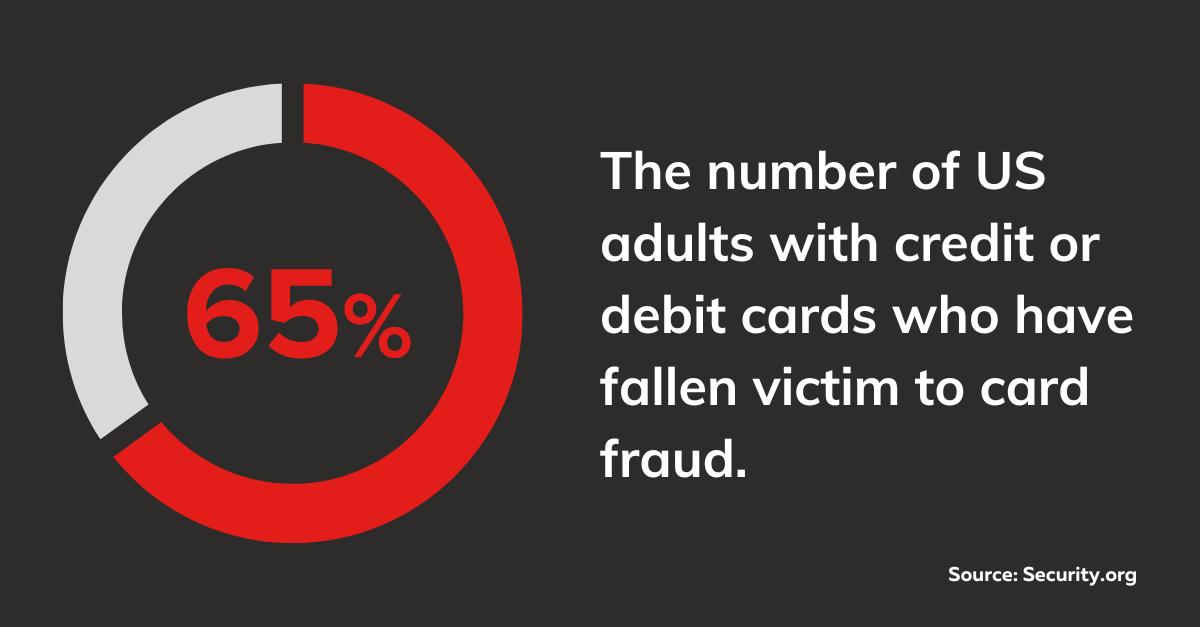It’s a sad reality that most Americans will at some point be victims of card fraud. According to a 2022 study by Security.org, card fraud has impacted 65% or an estimated 151 million U.S. adults with credit or debit cards.

Put in monetary terms, card fraud cost US financial institutions nearly $12 billion in 2021 – up 18 percent from the previous year. With the increasing economic toll from card fraud comes an increase in preventative measures.
While they may effectively reduce fraud losses, those safeguards can create friction in the cardholder experience, which can have its own negative financial impact. The key is to institute authentication measures without derailing the path to purchase.
Fraud Prevention and Customer Experience
Below, we outline the most popular preventive measures employed by financial institutions today and provide tips on how to exceed expectations and provide an exceptional customer experience.
Real-time transaction monitoring
Real-time transaction monitoring detects fraud by analysing transactions as they happen. It provides customers with real-time notifications of their account activity. However, false positives do happen, and when they do, the result is often customer frustration.
Consider using machine learning algorithms to better distinguish between legitimate and fraudulent transactions and stay on top of your fraud rules, and when a decline and/or alert occurs, be sure to provide clear communication as to why a transaction was flagged and a frictionless process for resolving the issue.
Card replacement
Once a card is lost, stolen, or compromised the only safe option is to deactivate the card and provide a new one. But waiting for a replacement card can be extraordinarily inconvenient while opening the customer up to the possibility of late fees when bills cannot be paid, and interest charges if they opt to use a credit card to make purchases until the new card arrives. Offer digital card provisioning and issuance to instantly provide a digital means to use the new card via the customer or member’s mobile wallet.
Short of this, banks and credit unions should offer expedited shipping for replacement cards, as well as clear instructions on how and where to update their card information. Institutions can also consider offering compensation for any fees or charges incurred during the replacement process.
Account freezing
Like card replacement, account freezing puts a complete stop to card activity, which in turn can prevent customers and members from accessing their money, which is especially problematic during travel, when accounts are more likely to be frozen due to geographic fraud detection rules.
Consider offering alternative ways for the customer to access their funds, such as through a temporary account or emergency cash.
Winning the Fight Against Card Fraud While Keeping Customers Happy
Card fraud is a serious issue that can have significant consequences for customers and financial institutions alike. While preventive measures are necessary to combat fraud, it is essential to ensure a seamless customer experience. Finding a balance between fraud prevention and customer experience can help financial institutions avoid reputational damage and long-term harm to their brands.
